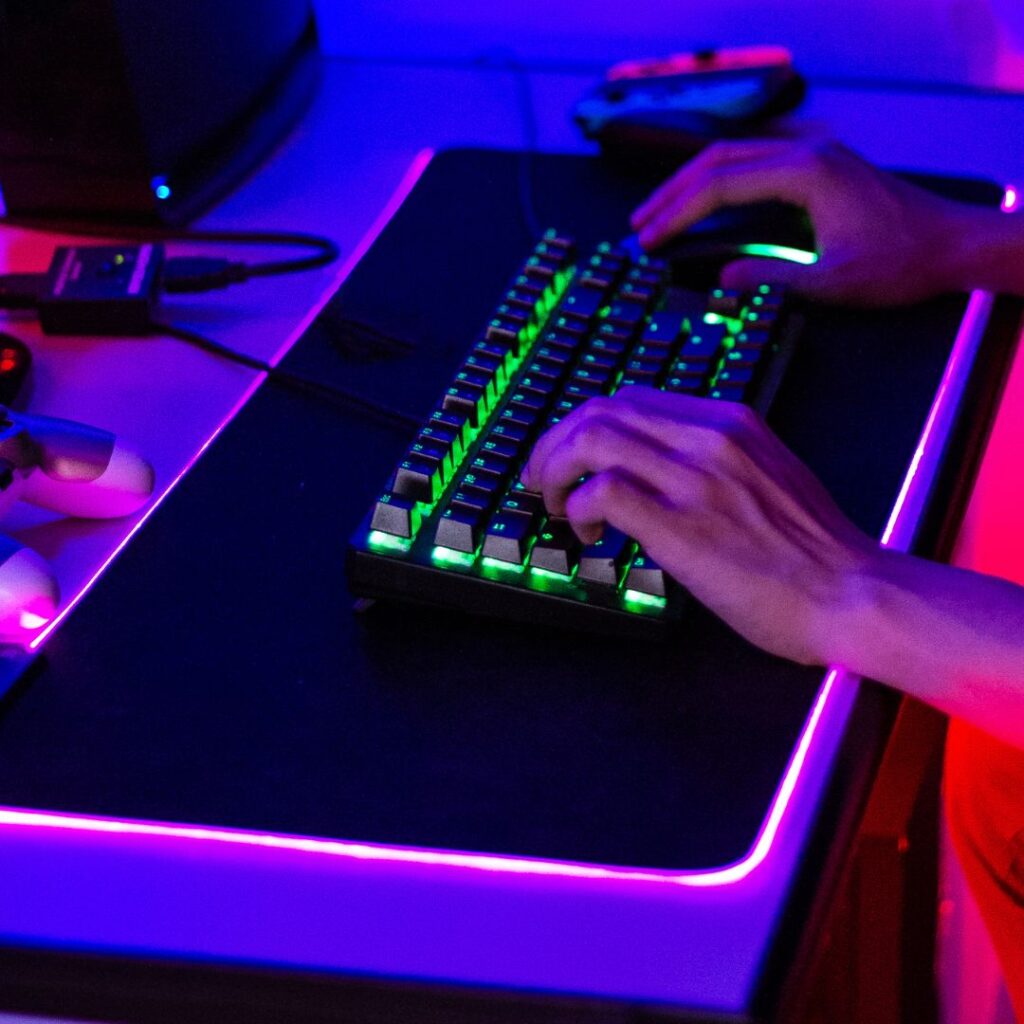
Microtransactions have become a permanent fixture in the modern gaming ecosystem. Whether you’re playing a AAA console title or a free-to-play mobile game, chances are you’ve encountered a prompt to buy skins, power-ups, loot boxes, or battle passes. While gamers have long debated the ethics and impact of Microtransactions, the industry continues to evolve—and with it, the conversation shifts. Are developers starting to make Microtransactions fairer, or are we just getting used to them?
The Rise and Controversy of Microtransactions
Originally introduced as a monetization model for free-to-play games, Microtransactions quickly spread across every corner of the gaming industry. What started as optional content has, in some cases, become borderline mandatory to enjoy a game fully—or even win. This has given rise to the infamous term “pay-to-win,” where players with more disposable income often gain a distinct advantage.
Backlash was inevitable. Players began to question whether they were being treated as fans or as cash cows. Games like Star Wars Battlefront II and FIFA Ultimate Team came under heavy criticism for creating unfair systems that favored spending over skill. Yet, despite the uproar, Microtransactions have only grown more widespread.
Evolving Models: Cosmetic vs. Competitive
One shift that has somewhat eased the tension is the growing trend toward cosmetic-only Microtransactions. Many developers now emphasize that purchases will not affect gameplay but instead offer visual changes like character outfits, emotes, or skins. This model is especially popular in games like Fortnite, Valorant, and League of Legends, where players can still compete on a level playing field regardless of how much they spend.
However, not all games follow this principle. In mobile gaming and some multiplayer titles, Microtransactions still offer power boosts, better gear, or progress shortcuts. The inconsistency has led to confusion and frustration among gamers who believe Microtransactions should reward choice, not dictate outcomes.
Transparency and Player Trust
To address the growing distrust, some game studios have started implementing more transparent systems. Battle passes and item shops that clearly show what you’re paying for have replaced random loot boxes in many popular games. This move toward openness is a step forward, helping players make informed purchasing decisions and feel more in control of their experience.
Moreover, developers are realizing that long-term player trust is more valuable than short-term profit. With social media amplifying backlash and review platforms holding studios accountable, Microtransactions are becoming a reputational risk if handled poorly. This awareness has encouraged more ethical design choices, but it’s still a work in progress.
Regional Influences and Cultural Trends
It’s also important to consider how regional trends shape the evolution of Microtransactions. In markets like South Korea, where online gaming culture is deeply rooted, Microtransactions are more normalized but also more competitive. The expectation of investing both time and money into games is common, yet communities remain vocal about fairness.
Interestingly, Game Modding in Korea has also had an indirect impact on the conversation around Microtransactions. Mods have allowed players to access custom content, visuals, and even quality-of-life improvements—sometimes mimicking what developers charge for. This parallel ecosystem puts pressure on developers to justify the value of paid content and offer truly unique or high-quality Microtransactions to maintain engagement.
The Psychological Side of Spending
A deeper layer to the discussion is the psychology behind Microtransactions. Many systems are designed to capitalize on human behavior—limited-time offers, flashy visuals, and addictive progression models are strategically used to encourage purchases. For some players, especially younger ones, this creates an unhealthy relationship with spending, leading to what many now label as “gambling mechanics.”
To combat this, some countries have begun enforcing regulations, requiring developers to disclose loot box odds or limit spending for minors. These legal frameworks may push the global industry to re-evaluate how Microtransactions are implemented in games marketed to broader audiences.
Are Microtransactions Getting Fairer?

The answer is both yes and no. On one hand, Microtransactions are evolving to be more transparent, more optional, and more focused on aesthetics. Developers are beginning to understand that fair systems lead to better long-term engagement. On the other hand, the industry still has numerous examples of paywalls, exploitative mechanics, and unclear pricing models.
Ultimately, the fairness of Microtransactions depends on design intent. Are they there to enhance the experience or to exploit it? Are players treated as partners or wallets? As more gamers demand clarity and respect, it’s up to developers to align their monetization strategies with ethical practices.
Conclusion: A Balancing Act
Microtransactions aren’t going anywhere. But how they are perceived and accepted by players will depend on how responsibly developers implement them. By listening to community feedback, avoiding predatory practices, and offering real value, game companies can make Microtransactions feel like a choice—not a necessity.
As the industry matures, we can hope for a future where spending is satisfying, optional, and rewarding—rather than frustrating and forced. The evolution of Microtransactions is ongoing, and gamers everywhere are watching closely.
